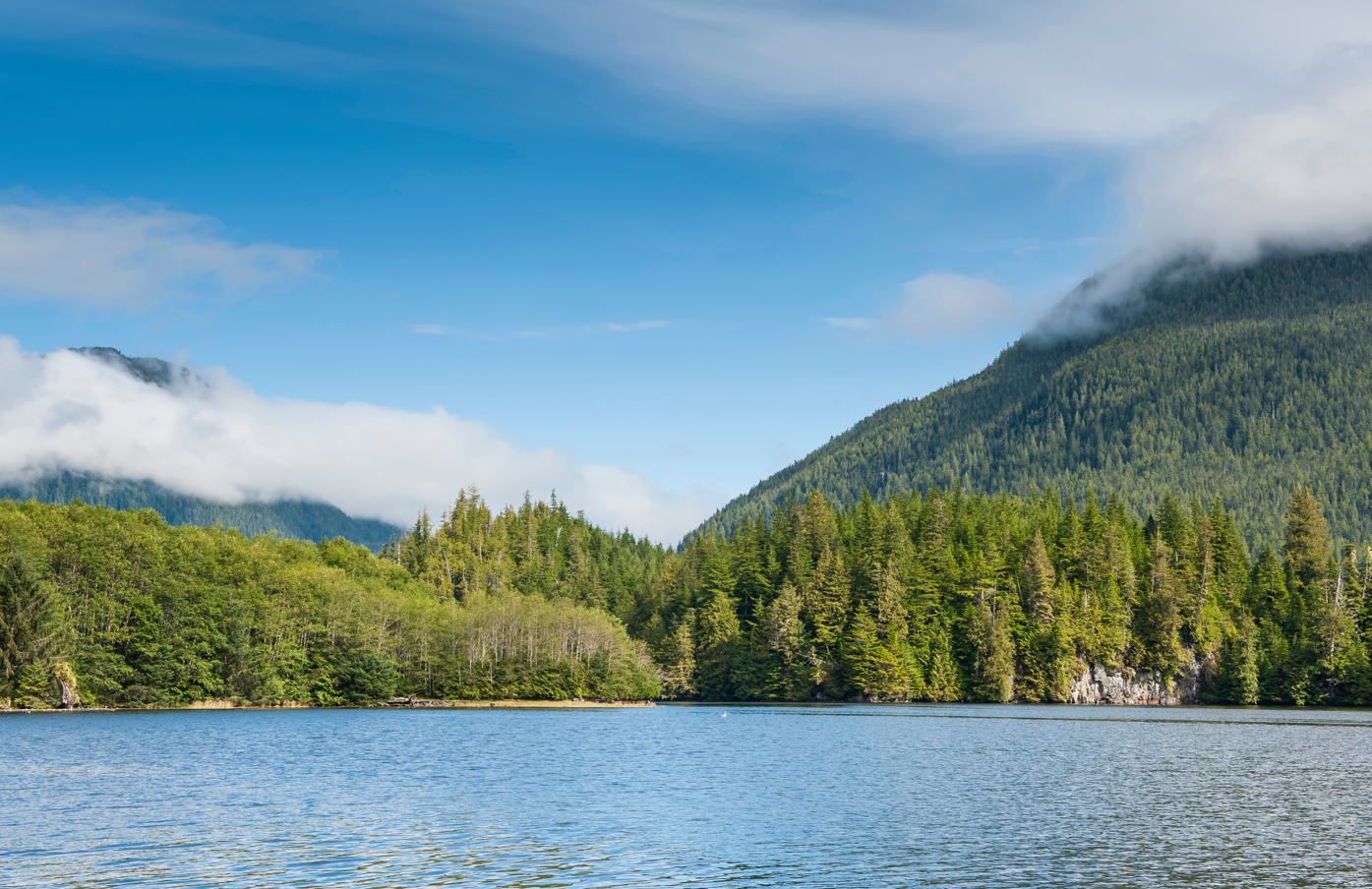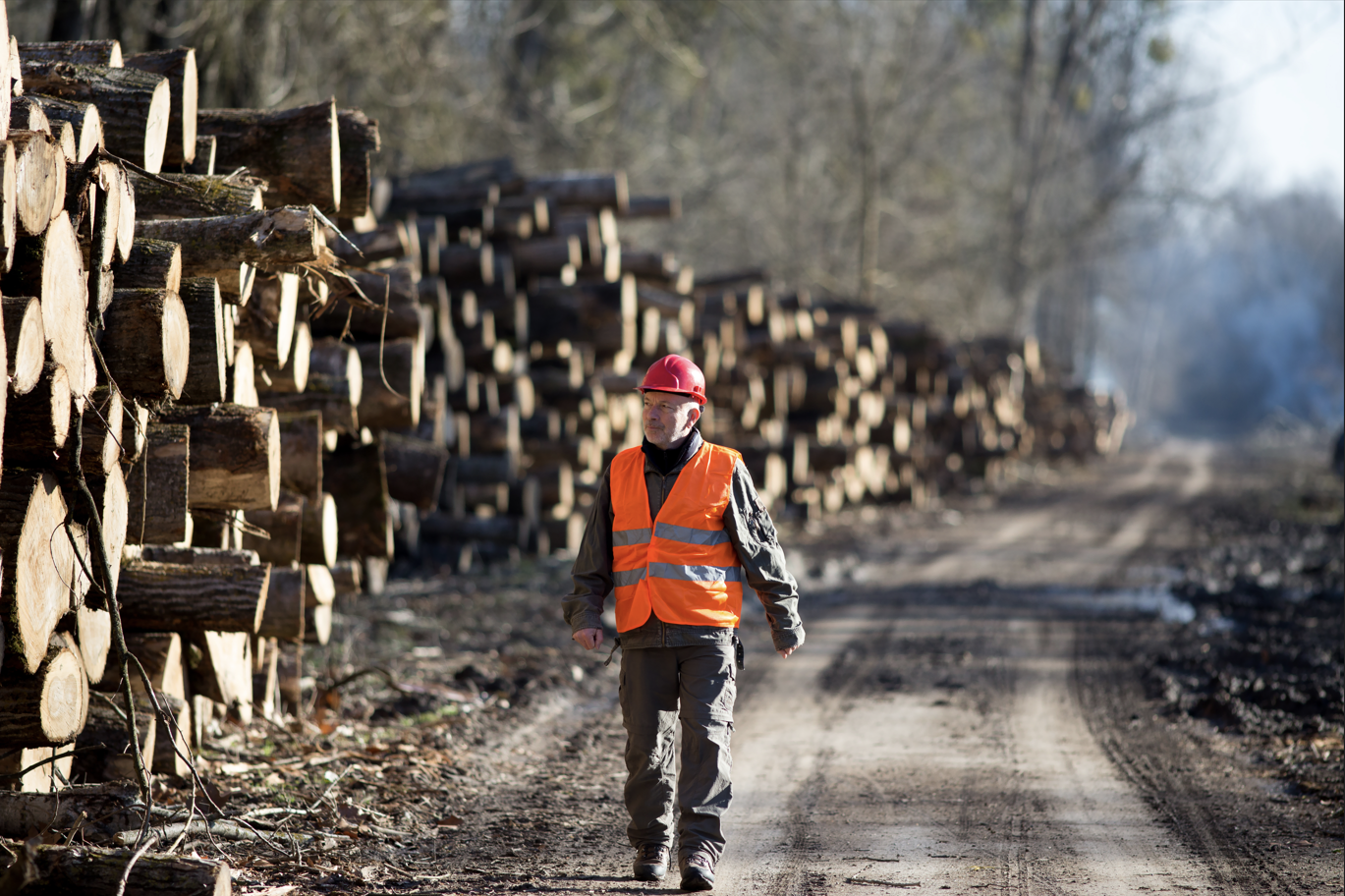I like numbers, and mill statistics continue to wow me two months into my summer as a chemical engineering summer student at Resolute Forest Products’ Thunder Bay operations. So, although Antoine de Saint-Exupéry might not approve, I thought that presenting you with some good old digits would capture the magnificence of the mill best. Sorry, Monsieur de Saint-Exupéry.
The history of the Thunder Bay mill, which began in 1919 with the creation of the Great Lakes Paper Company, is captured in beautiful engineering drawings, some of them three times as old as I am, in the mill archives.
In 1930, the mill was the most modern in the world, housing the largest paper machine at that time, Jumbo, also referred to as PM2. All the paper machines were named: machines 1 and 3 to 5 were christened Judy, Jill, Jupiter, and Theresa Marie, respectively. Jupiter also claimed the title of the largest paper machine in the world 30 years later, in 1958. At another point in time, the facility was the largest pulp and paper complex in Canada.
Today, two distinct products, newsprint and kraft pulp, result from two different processes (though the by-products turpentine and tall oil are becoming increasingly important; more on that later). On the newsprint side, the refiners, which grind the wood chips down in a process called thermomechanical pulping, use 80 MW of energy. That’s enough to power a city of 65 to 85 thousand people. The mill produces all this electricity and sells the excess by burning bark, waste from the water treatment processes, and other undesirable materials.
I found these numbers in a process manual from 2000, all the refiners are rarely running at once nowadays, and the mill isn’t always self-sufficient when it comes to electricity, but all you need to know is that pulping is enormously energy intensive. Exhibit B: the glossary of the same manual.
The mill’s water usage is even more astonishing. Thunder Bay’s water treatment plant processed 30 000 LPM on average in 2022, but for the mill, 75 000 LPM is a moderate flow. While around 10 000 LPM of this water isn’t treated and the rest doesn’t need to be clean enough to drink, pumping all that water through the facility is a feat in itself. This statistic I lowballed to make up for the overexaggerated energy usage; I’ve been told the Kraft process alone uses more than twice as much water as the city does.
Population-wise, the mill’s 460 or so employees don’t compare to Thunder Bay’s population of 100 000, but as Dr. Fred Gilbert, Lakehead University’s President in 2005, said, “the mill is part of the very fabric of our city”.
So, here’s to another hundred years of pulp, paper, and people!
Photo Descriptions:
Slide 1: The kraft side of the mill from the parking lot
Slide 2: The first shipment of newsprint by boat on May 13, 1933 (above) and tanks near the TMP department this summer
Slide 3: Various engineering drawings from the mill archives
Slide 4: Paper machines 3 and 4, likely around the time of their installation in 1958, and a view of the northwest side of the mill.
Slide 5: Rolls of newsprint samples (top), me with pulp sheets (right), me with newsprint samples (left), and pulp sheets fresh of the pulp machine (bottom left)
Slide 6: The refiners in the thermomechanical pulping building(top) and bark chips outside the steam plant (or boiler house)
Slide 7: Untreated effluent flowing through the news primary lift station
Slide 8: River water settling in the kraft clarifier and effluent undergoing the last treatment stage in a secondary clarifier
Slide 9: Thunder Bay from space (top) (NASA, Public domain, via Wikimedia Commons) and the Sleeping Giant from Hillcrest Park (bottom)
Slide 10: Pulp sheets fresh from the pulp machine (top), paper rolls bearing the Great Lakes Paper Co. logo (middle), and employees leaving the mill stores (bottom)
Slide 11: The Kaministiquia River from the mill parking lot on my third day of work










.jpeg)

